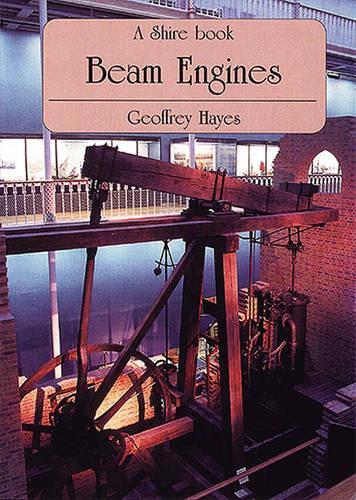
Beam Engines
(Paperback)
Publishing Details
Beam Engines
By (Author) Geoff Hayes
Bloomsbury Publishing PLC
Shire Publications
16th December 2002
United Kingdom
Classifications
General
Non Fiction
Engines and power transmission
621.16
Physical Properties
Paperback
40
Width 149mm, Height 210mm
115g
Description
Over three hundred years ago, the first steps were made towards the use of steam power. Most of the steps went beyond the boundary of available technology. The reliable drainage of metal and coal mines was the incentive. Thomas Newcomen using contemporary technology in his beam engine was the first to achieve success, in 1712. Improved by James Watt, the beam engine became the most used form of steam engine in factories, mines and waterworks until well into the second half of the nineteenth century. Examples were still in use into the 1970s. This book outlines the development of the beam engine and gives some explanation of why it was so successful.
Author Bio
As a boy, Geoffrey Hayes was enthralled by stories of beam engines told by his two grandfathers. His father, as a new starter in a cotton mill, mopped the floor of an 1857 beam engine house every Saturday morning. A gift of Robert H. Thurston's book 'A History of the Steam Engine' intensified the interest in beam engines. Pilgrimages were made to Cornwall to see the surviving engines at he tin mines. Mr Hayes became involved professionally with the restoration of the Leicester beam engines and the Caprington Colliery engine in the Museum of Scotland, Edinburgh.
